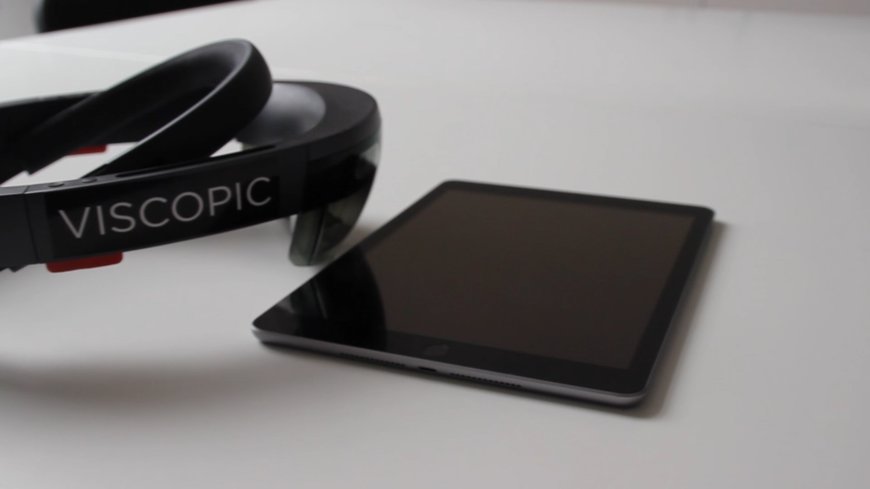www.industryemea.com
03
'19
Written on Modified on
Augmented Reality for Smartphones and Tablets
Even the best displays cannot depict the world as realistically as we perceive it with our eyes.

This is exactly what Augmented Reality (AR) for smartphones and tablets does. The images captured by the device’s camera from the real world are enriched with virtual objects that convey information.
The principle is known from the popular game application “Pokemon Go”. if you look at the real world through a mobile device, virtual creatures and objects that can be interacted with are tumbling around in space. But it is not only in gaming that this technology can bring groundbreaking changes; especially in the industry, the use of AR is a great opportunity.
Augmented Reality Apps
Augmented Reality, which means as much as “enriched” or “extended” reality, is a form of representation in which both a real and an artificially created object, usually a hologram, can be seen at the same time. This process can take place on an AR-enabled device, such as an iPhone or iPad, or on data glasses, such as a HoloLens.
The camera of the device continuously captures the surroundings, while sensors in the device measure the distance to walls, objects or people. On the basis of the data, the device then fades the digitally generated visualizations into the image of the surroundings.
An example for the interaction between images from the real world and holographic representations is the IKEA PLACE application, which makes it possible to place furniture as holograms in the real environment and thus test how an object fits into a room.
In contrast to Virtual Reality, this does not create a new environment, but transfers virtual components into the real world and places them realistically. The IKEA App is a good example of how Augmented Reality can support decision-making processes – not only in the consumer sector. In the industry, AR helps to improve all kinds of procedures.
Requirements for Smartphones
Not everyone is equipped with data glasses like the Microsoft HoloLens, with which AR content can be played back. However, a smartphone or tablet is also sufficient to use for Augmented Reality Apps. Which devices are suitable for Augmented Reality and which requirements do they have to meet?
Some AR apps do not require special features to display AR content. The smartphone or tablet must be powerful, otherwise the AR view will jump and look unrealistic. Currently, common standards are being established for iOs and Android devices that allow the use of Augmented Reality on all smartphones.
Augmented Reality Apps can easily be installed via the Appstore or Playstore. Apple even has its own category for AR apps, which makes the selection easier and avoids a search as with Android devices. Before installing an AR App, however, you should always pay attention to the individual hardware requirements.
What Advantages Does the Technology have in Practice?
Immersive media can significantly improve the experience not only in the gaming sector; there are also numerous application possibilities for the Augmented Reality in the industry. Here, AR helps to make processes more efficient and to avoid mistakes.
For example, instructions for assembly, quality assurance or maintenance can be presented as Augmented Reality content. By using holograms to convey information, the technician always has the precise information that is needed at this point in time – at the right place on the machine.
Augmented Reality Creation
The creation of AR applications does not always require a great expenditure of programming and time. Thanks to PINS, a software product by VISCOPIC, Augmented Reality content can be created quickly and easily.
So-called ‘Pins’ can be placed on a CAD model or on the basis of a real model, which are enriched with media such as images, video, sound or hologram highlights. These worksteps can then be displayed as AR content on tablets and smartphones as well as on data glasses using the Pins Viewer.
The pins are displayed at the exact position on the product where they were previously placed on the virtual object. This allows work processes in various areas to be simplified by enriching objects and infrastructures with information.
Are you interested in AR solutions for your company? We are glad to present our products and services to you. Contact us or subscribe to our newsletter to be informed regularly by VISCOPIC about new application examples and advances in AR technology.
www.viscopic.com

